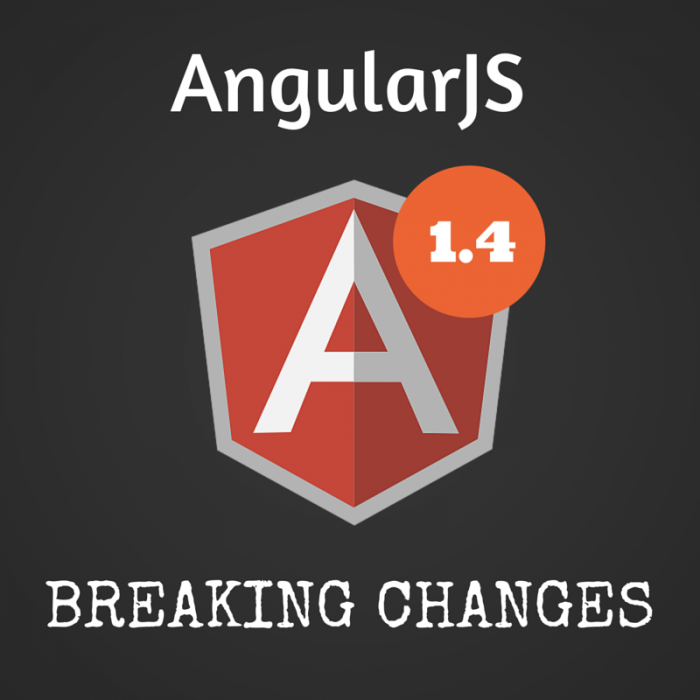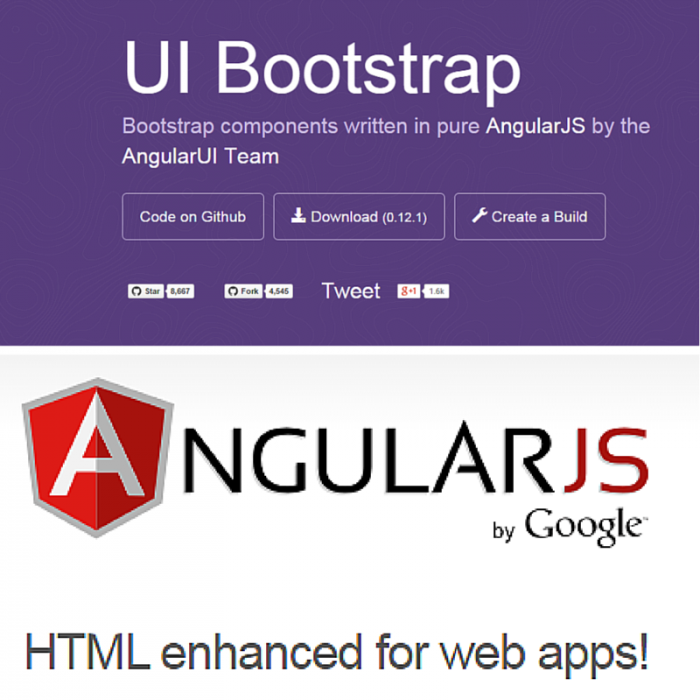
It all started with such promise.
You carefully chose how to structure your application. You picked a build system, or not, based on your experience and the community. You planned, and thought, and planned some more.
But then something happened: you made a choice. It seemed like the right choice at the time. You were sure! Well, pretty sure. I mean, how bad could it be if you were wrong, right? … Right?


